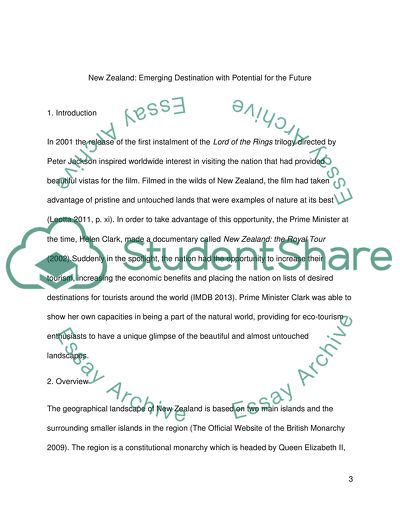Cite this document
(“Emerging Tourism Markets and destinations ( chosen destination New Coursework”, n.d.)
Retrieved de https://studentshare.org/tourism/1466392-emerging-tourism-markets-and-destinations-chosen
Retrieved de https://studentshare.org/tourism/1466392-emerging-tourism-markets-and-destinations-chosen
(Emerging Tourism Markets and Destinations ( Chosen Destination New Coursework)
https://studentshare.org/tourism/1466392-emerging-tourism-markets-and-destinations-chosen.
https://studentshare.org/tourism/1466392-emerging-tourism-markets-and-destinations-chosen.
“Emerging Tourism Markets and Destinations ( Chosen Destination New Coursework”, n.d. https://studentshare.org/tourism/1466392-emerging-tourism-markets-and-destinations-chosen.


